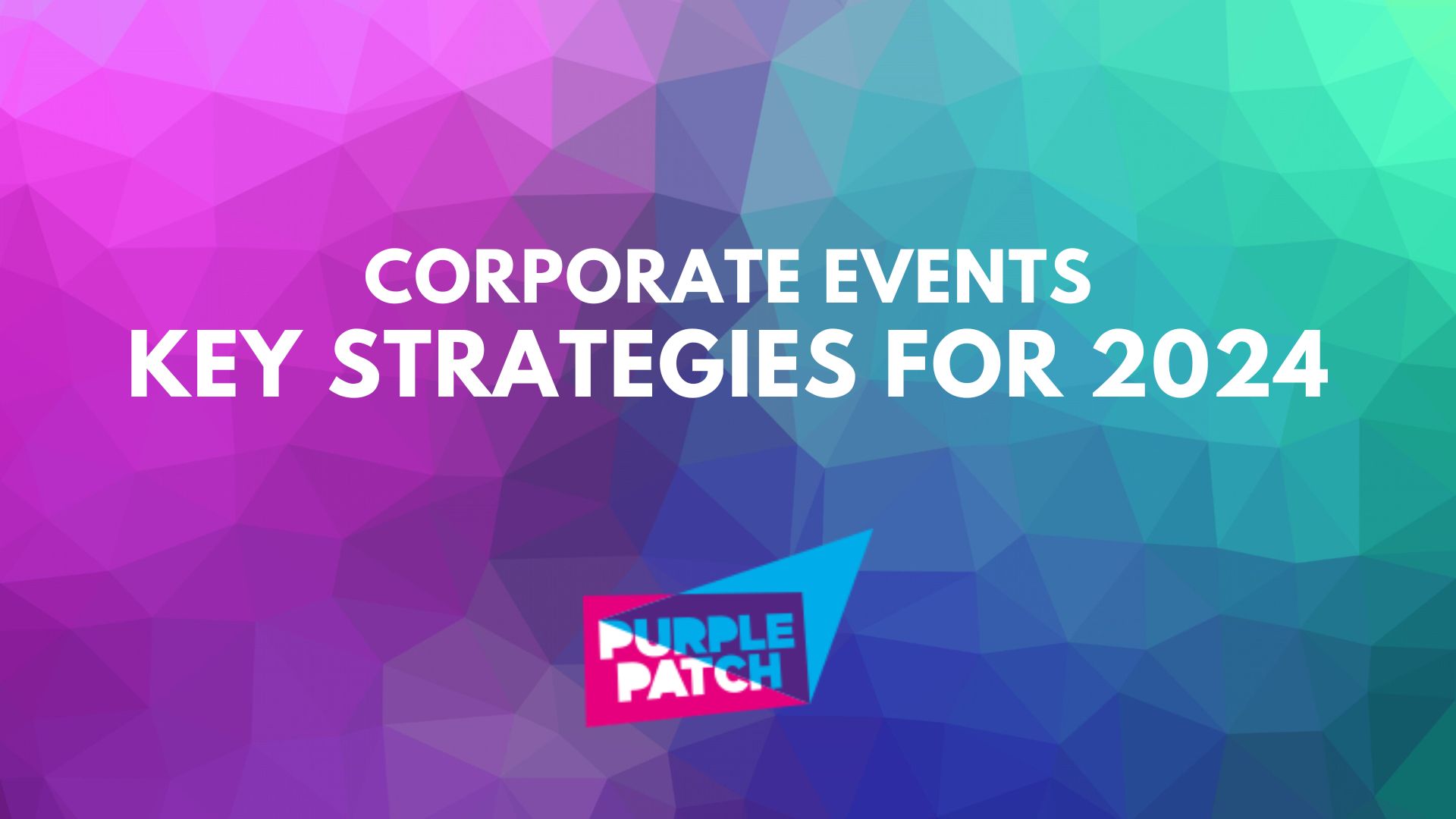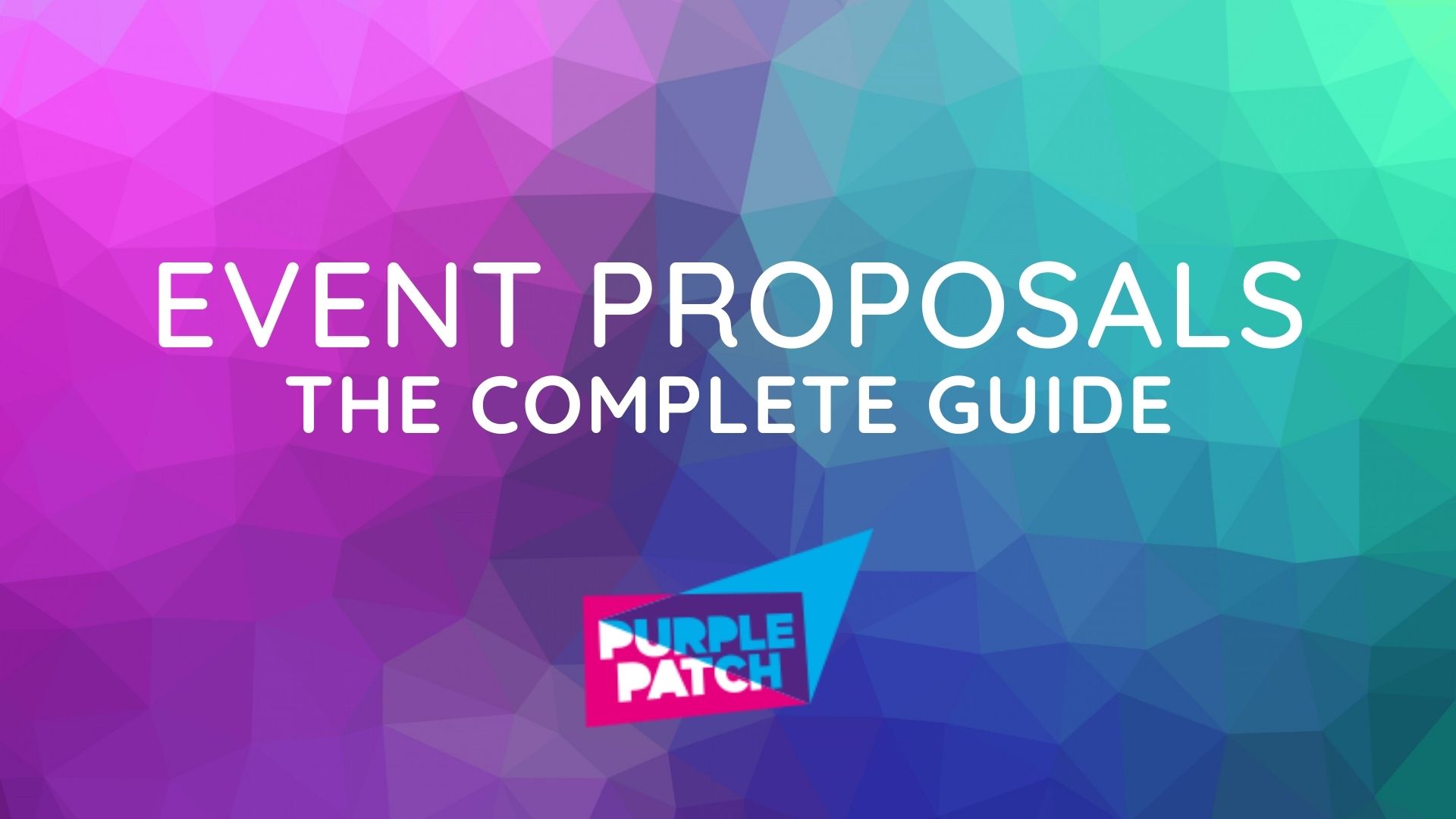In order to make corporate events successful and achieve the best possible outcomes, your approach to event strategy must keep evolving with time. This year, the stakes are higher than ever, with audiences expecting not just events, but immersive, engaging, and meaningful experiences.
If you are a corporate event organiser who wants to stay abreast with the latest trends and strategies to make your upcoming events successful, you have come to the right page! In this article, we share our insights on corporate event strategy, exploring the best practices and key considerations that can make a huge difference to your events. Not only that, we have also included a section on some of the best additions you can make to your corporate event strategy in 2024.
Whether you are organising a small workshop or a large conference, this guide will offer practical advice to help you achieve your event objectives. But before we dive in, let’s understand why having a solid corporate event strategy is important in 2024.
Why Having a Solid Corporate Event Strategy is Important in 2024?
Having a corporate event strategy is essential for several reasons:
- Embracing Innovation and Remaining Competitive
Integrating innovative technologies, sustainable practices, and engagement techniques in the event can make it more relevant and appealing to the audience.
- Improving Attendee Experience
Event organisers need a strategic plan with a focus on creating a memorable experience for the attendees.
- Efficient Resource Management
A well-defined event strategy ensures efficient allocation of time, money, and staff, which helps avoid overspending.
- Setting Clear Objectives and Goals
It ensures clear objectives for the event, aligning every aspect with these goals, whether it’s launching a product, building brand awareness, or fostering networking.
- Risk Mitigation
It helps anticipate potential risks, prepare contingency plans, ensure technical readiness, and have a team ready to handle issues.
- Making Success Measurable
Setting key performance indicators (KPIs) and metrics allows organisers to evaluate the event’s impact, gather feedback, and identify areas for improvement.
- Stakeholder Alignment
Aligning event goals with corporate goals ensures stakeholder buy-in and demonstrates the event’s value, securing necessary support and resources.
- Brand Consistency
A strategic approach maintains consistency with the company’s brand image and messaging, reinforcing brand identity and values.
How to Create a Solid Corporate Event Strategy
Planning and Objectives
Setting Clear Objectives
Define your goals for the event: Determine what you aim to achieve, such as launching a product, building brand awareness, or fostering networking. Defining these goals guides your planning.
Aligning Event Goals with Corporate Goals: Ensure your event goals align with overall corporate goals. This helps secure stakeholder support and ensures the event delivers value to your organisation.
Budgeting and Resource Allocation
Estimating Costs: Identify potential expenses, including venue, catering, marketing, technology, and staffing. Include a contingency fund.
Allocating Resources Efficiently: Allocate resources based on event priorities. Invest in key areas like a quality venue and interactive tech if networking is crucial. Regularly review and adjust your budget.
Timeline and Project Management
Creating a Detailed Event Timeline: Break down planning into manageable tasks with specific deadlines. Include milestones like booking the venue, sending invitations, and finalising the agenda.
Tools and Software for Project Management: Use tools like Trello, Asana, and Microsoft Project to streamline planning. These tools track progress, manage tasks, and facilitate team collaboration.
Venue and Location
Selecting the Right Venue
Factors to Consider: Evaluate capacity, location, amenities, and accessibility. Ensure the venue accommodates your expected number of attendees and offers necessary facilities like Wi-Fi, audio-visual equipment, and breakout rooms.
Virtual and Hybrid Event Venues: With the rise of virtual and hybrid events, choose venues that support these formats. Look for venues with robust internet connectivity and facilities for live streaming and recording.
Negotiating Contracts and Terms
Key Points to Include in the Contract: Ensure the contract covers the event date and time, total cost, payment terms, and cancellation policies. Include additional services like catering and security.
Negotiation Tips and Best Practices: Clearly state your requirements and budget. Negotiate for flexibility in terms, such as making changes to the setup or adjusting attendee numbers without extra costs.
Logistics and Accessibility
Transportation and Accommodation Arrangements: Provide information on transportation options and accommodation for out-of-town attendees. Partner with local hotels for special rates.
Accessibility Considerations: Ensure the venue is accessible, including entrances, restrooms, and seating for attendees with mobility issues.
Event Technology and Innovation
Leveraging Event Technology
Event Management Software: Invest in event management software to handle registration, ticketing, and attendee management.
Registration and Ticketing Platforms: Choose a platform with customisation, secure payment processing, and real-time reporting to handle registrations smoothly.
Virtual and Hybrid Events
Best Practices for Virtual Events: Ensure reliable technology and support. Set up breakout rooms to engage virtual attendees.
Integrating Hybrid Elements: Provide equal experiences for in-person and virtual attendees. Use high-quality streaming and enable virtual participation in real-time discussions and networking.
Interactive Tools and Engagement
Audience Interaction Tools: Use online tools for setting up live polls, Q&A sessions, and feedback during presentations.
Networking Platforms and Apps: Facilitate attendee networking before, during, and after the event.
Marketing and Promotion
Creating a Marketing Plan
Identifying Target Audience: Define who you want at your event. Understand their needs and preferences to tailor your marketing efforts effectively.
Messaging and Branding: Develop clear, compelling messages that convey the event’s value. Ensure consistent branding across all marketing materials to build recognition and trust.
Utilising Digital Marketing
Digital marketing is powerful for promoting your event, letting you reach a wider audience quickly and efficiently.
Social Media Strategies: Use LinkedIn, Twitter, Facebook, and Instagram to promote your event. Create engaging content like teaser videos and infographics, use relevant hashtags, and collaborate with influencers to expand your reach.
Email Marketing Campaigns: Build a mailing list and send regular updates, invitations, and reminders. Personalise emails to make them more relevant.
Engaging with Media and Influencers
Press Releases and Media Outreach: Distribute a press release to media outlets, highlighting key aspects like notable speakers and unique sessions. Follow up with journalists for coverage.
Collaborations with Industry Influencers: Partner with influencers in your industry to promote your event to their followers. Offer incentives like complimentary tickets or exclusive content to encourage their participation.
Preparing the Content and Event Programme
Designing the Event Programme
Structuring the Agenda: Plan the agenda with a mix of keynote sessions, panel discussions, workshops, and networking breaks. Ensure a logical flow and allocate sufficient time for each activity, including breaks.
Selecting Keynote Speakers and Panellists: Choose experts who can provide valuable insights. Consider diversity in backgrounds, perspectives, and topics to offer a well-rounded programme. Secure speakers early.
Content Creation
Developing Engaging Presentations: Work with speakers to create informative, engaging, and visually appealing presentations. Use storytelling, case studies, and real-world examples to make content relatable.
Incorporating Interactive Elements: Include interactive elements such as Q&A sessions, live polls, and group activities to encourage participation and maintain attention.
Rehearsals and Preparations
Conducting Rehearsals: Schedule rehearsals with speakers and staff to go over the programme and address any issues. Test all technical equipment to ensure they work correctly.
Ensuring Technical Readiness: Have a technical team on standby for any difficulties. Prepare backup equipment and contingency plans for unexpected issues.
On-the-Day Execution
Event Day Coordination
Setting Up the Venue: Arrive early to oversee the venue setup. Ensure all areas, including registration desks, meeting rooms, and exhibition spaces, are properly arranged and equipment is functioning.
Coordinating Staff and Volunteers: Brief your team on roles and responsibilities. Provide a detailed schedule and contact list to ensure everyone knows their tasks and who to contact for assistance.
Managing Attendees and Speakers
Registration and Check-In Processes: Set up an efficient registration and check-in process to minimise wait times. Use technology like QR codes and mobile apps to streamline the process.
Speaker Support and Coordination: Assign a liaison to each speaker to ensure they have everything they need. Provide a detailed schedule and ensure technical support is available for presentations.
Troubleshooting and Contingency Plans
Handling Last-Minute Issues: Have a team ready to address last-minute problems such as technical glitches or scheduling conflicts. Maintain open communication with staff and attendees.
Preparing for Unexpected Scenarios: Develop contingency plans for issues like weather disruptions or health emergencies. Ensure all staff know these plans and how to implement them.
Post-Event Activities
Follow-Up and Feedback
Gathering Attendee Feedback: Collect feedback from attendees using surveys, forms, and social media polls to understand their experiences and gather insights for future improvements.
Evaluating Event Success: Analyse feedback and data to evaluate the event’s success. Compare results against initial objectives and key performance indicators (KPIs).
Reporting and Analysis
Analysing Data and Metrics: Use collected data to perform a thorough analysis. Look at registration numbers, engagement metrics, and financial performance to inform future strategies.
Reporting to Stakeholders: Prepare a comprehensive report summarising the event’s outcomes, including key metrics, feedback analysis, and notable achievements or challenges. Share this with stakeholders.
Continuous Improvement
Learning from Experiences: Reflect on what went well and what could be improved. Hold a debriefing session with your team to discuss insights and document lessons learned for future reference.
Planning Improvements for Future Events: Use feedback to make informed decisions for future events. Adjust strategies, processes, and plans based on learnings, seeking ways to enhance the attendee experience.
Best Additions to Corporate Event Strategy in 2024
In 2024, corporate event strategies can be enhanced by integrating cutting-edge technologies, sustainable practices, and innovative engagement techniques. Here are some key additions:
Create Immersive Virtual Environments
Create themed zones and immersive virtual spaces for interactive experiences, where attendees can explore, network, and interact as avatars, offering a unique experience.
Holographic and Augmented Reality (AR)
Holographic Presentations: Use holographic technology for dynamic remote presentations.
AR Experiences: Implement AR for virtual tours, product demos, and interactive elements.
AI and Data-Driven Personalisation
AI-Powered Networking: Leverage AI for smarter networking, based on attendee profiles.
Personalised Agendas: Use data analytics to tailor experiences for each participant.
Sustainability and Eco-Friendly Initiatives
Carbon Offset Programs: Partner to offset the event’s carbon footprint.
Sustainable Catering and Venues: Choose eco-friendly venues and provide sustainable catering options.
Interactive and Gamified Engagement
Gamification: Incorporate challenges, leaderboards, and rewards.
Live Polling and Q&A: Use tools like Slido or Mentimeter for real-time interaction.
Post-Event Engagement
Ongoing Community Building: Create online platforms for continued engagement.
Exclusive Post-Event Content: Offer interviews, behind-the-scenes footage, and extended sessions.
Final Thoughts
As the corporate event landscape continues to evolve in 2024, staying ahead of the curve is essential for delivering impactful and memorable experiences. At Purple Patch, we specialise in crafting bespoke event strategies that leverage the latest trends, technologies, and sustainable practices to ensure your events stand out. Whether you’re planning a virtual, hybrid, or in-person event, our expert team is ready to help you navigate every detail, from innovative content development to flawless execution. Contact us today to create a powerful event strategy tailored to your unique goals and make your upcoming corporate events truly unforgettable.



